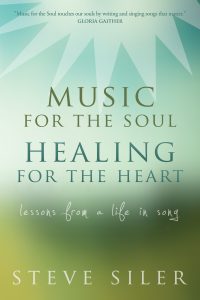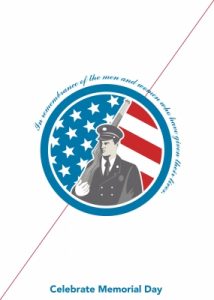 Guest Blogger, Steve Siler, shares his incredible journey from Grammy winning songwriter to healing the soul producer. Could music be used to heal those wounds and hurts hidden deep in our hearts?
Guest Blogger, Steve Siler, shares his incredible journey from Grammy winning songwriter to healing the soul producer. Could music be used to heal those wounds and hurts hidden deep in our hearts?
From Steve:
“How do you write a song about THAT?!
I’ve been asked this question many times in relation to our project Somebody’s Daughter: A Journey to Freedom from Pornography. People have asked the same question when referring to suicide grief, eating disorders, sexual abuse, and many of the other issues Music for the Soul has covered in our songs.
I get it.
In the forties and fifties when artists like Frank Sinatra and Ella Fitzgerald were making popular records the songs were always about love – being in love, hoping for love, losing a love. The vast majority of songs were a variation on one central theme.
As one who grew up watching American Bandstand with Dick Clark I can tell you that lyrics always seemed to take a back seat. I still remember the answer people would most commonly give for liking a song. “It’s got a good beat and you can dance to it.”
During that same time folk music took on political themes, which eventually spilled over into rock and roll. By 1970 when Crosby, Stills, and Nash sang about “four dead in Ohio,” the protest song had become a sub-genre of rock and roll.
But it was with the advent of the individual singer-songwriter recording artists that the content of popular song lyrics began to expand. It wasn’t long before lots of songs were being written about personal issues exploring deep pain. I’ll come back to that in a moment.
A cursory glance at the today’s music charts or a scan of the current radio playlists will quickly reveal that the main theme of songs is still love in one form or another.
And unfortunately, deep lyrics are not carrying the day.
A ten year study of # 1 songs* determined that your typical country music hit features lyrics calibrated for a third grade reading level. Some pop and hip hop songs fare even worse. Of course there are notable exceptions but the trend is disappointing for those who value the song as the most powerful communicative device there is.
As I share in my book Music for the Soul Healing for the Heart brain science reveals that a song engages both hemispheres of the brain in a way that speech and even reading do not. It’s the story of the way God works through songs to speak directly to the hearts and souls of those experiencing emotional trauma and pain.
One therapist I work with tells me music “fast tracks” emotion for her clients. Another said she became “fascinated that the medium of music could tap so quickly into what took traditional talk therapy weeks or months to get to.”
When I created Music for the Soul I didn’t do it because I knew the brain science. I did it because over the years I’d seen time and time again the power of a song to touch a person in a cathartic way. Without realizing it I’d gone to school for that by immersing myself in the work of singer-songwriters who wrote profoundly honest, vulnerable songs about intensely personal feelings.
And that’s really the answer to the question. When a song is “about” pornography abuse, eating disorders, or sexual abuse, what it’s really about is the way those experiences make us feel.
The song is not about the thing. The song is about us – about the lived human experience. The song is about trying to find meaning and purpose for the things we go through, trying to understand how to live and move and have our being in the face of almost unendurable pain. The song is about hope.
As Christians this should not be foreign territory to us. Our Savoir was a man of sorrows. (Isaiah 53:3) But He is also the Light of the world. And just as a light shines brightest in the darkness, I’ve found a song that shares a difficult truth, ultimately can play a role in bringing freedom and healing.
Thanks be to God for the gift of song.
* http://seatsmart.com/blog/lyric-intelligence/


